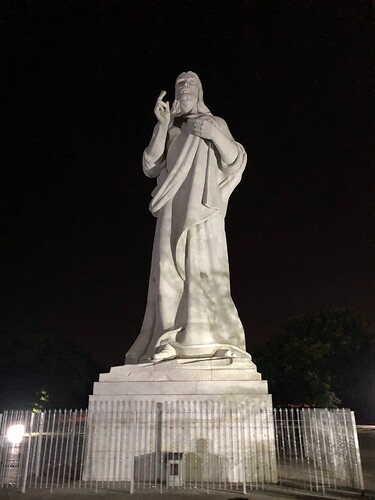William Goldman, author of The Princess Bride, wrote about screenwriting:
As has been said for years, it’s possible to conceive narrative as an endless piece of string. The writer makes two snips, one for the beginning, one at the end, and the placement of those snips may be as important as anything a writer does.
The Bible has some interesting examples:
- Genesis literally starts at the beginning of time and ends with Joseph’s death.
- Job starts and ends with a wrapper that explained his suffering, but the older section of the story ends without a satisfying ending. There’s a good chance the start and end are a framing story added generations later.
- Mark, the first account of Jesus’ life, starts with John the Baptist and ends with women afraid at the empty tomb. Again, someone seems to have added a more satisfying ending sometime later.
- Acts, which was written by Luke, picks up where Luke left off after Jesus ascended and ended with Paul about to be on trial in Rome.
- Revelation starts with a vision of Jesus greeting 7 churches in Asia Minor and ends with Him ruling forever in the New Jerusalem.
One interpretive tradition, preterism, holds that all, or nearly all, of the book of Revelation was fulfilled in the first century when the Romans destroyed Jerusalem and its temple. The new temple, under this view, represented the worldwide church that was established shortly afterward. Maybe some of the very end would be set in our future, but the rest, including the lake of fire, mark of the beast and so on already happened.
Most people, though, think Revelation is largely a prophesy of the end of the world. If so, the story doesn’t end there. The string of narrative started at a fixed moment in time, but the end continues forever into the future as humanity either worships and enjoys God, or endures separation from Him. God is the one storyteller who doesn’t need to cut the end of the string.
